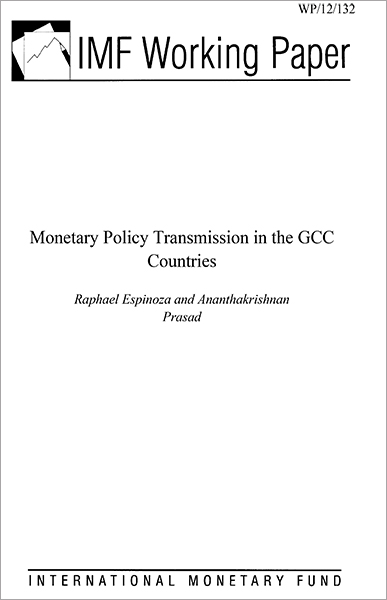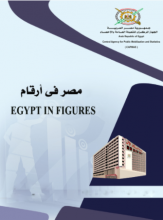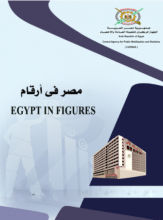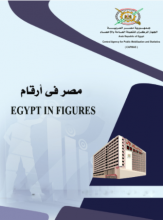Macroeconomy
Raphael Espinoza, Ananthakrishnan Prasad , International Monetary Fund (IMF) , 2012

The GCC countries maintain a policy of open capital accounts and a pegged (or nearly- pegged) exchange rate, thereby reducing their freedom to run an independent monetary policy. This paper shows, however, that the pass-through of policy rates to retail rates is on the low side, reflecting the shallowness of money markets and the manner in which GCC central banks operate. In addition to policy rates, the GCC monetary authorities use reserve requirements, loan-to-deposit ratios, and other macroprudential tools to affect liquidity and credit.
Related Topics
-
Egypt in Figures - Population 2022
2022"Egypt in Figures" is a booklet issued each year by the Central Agency for Public Mobilization and Statistics (CAPMAS). It contains the most...Read More -
Egypt in Figures - Education 2022
2022"Egypt in Figures" is a booklet issued each year by the Central Agency for Public Mobilization and Statistics (CAPMAS). It contains the most...Read More -
Egypt in Figures - Economy 2022
2022"Egypt in Figures" is a booklet issued each year by the Central Agency for Public Mobilization and Statistics (CAPMAS). It contains the most...Read More


